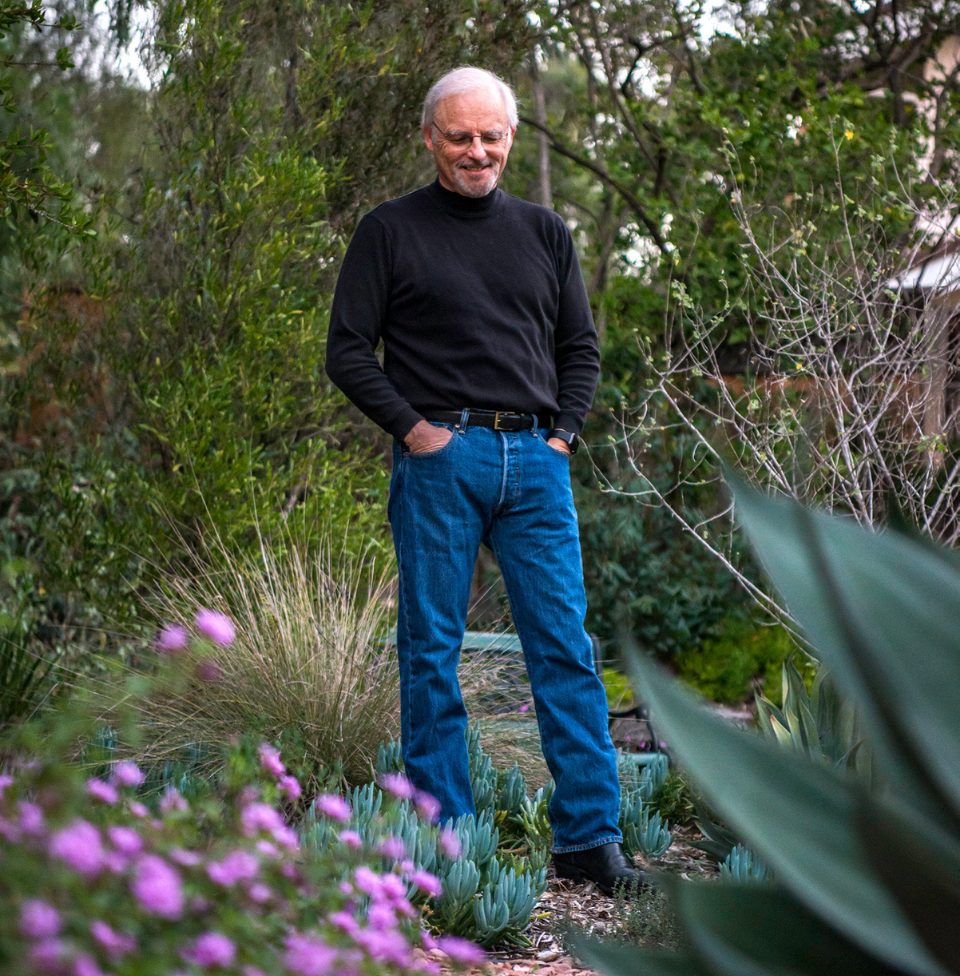Nature experience can also be a buffer to child obesity and overweight, and offers other psychological and physical health benefits. And nature experience helps grow conservation values, now and in the future. It’s hard to truly value nature unless you learn to love it in person. Time spent in nature is obviously not a cure-all, but it can be an enormous help, especially for kids and adults who are stressed by circumstances beyond their control.
There are many other benefits, and more supportive research comes out almost weekly. The Children & Nature Network website has compiled a research library with summaries of over 1,000 studies, reports and publications available for viewing or downloading, at no charge.
U.U.: What do you think is the most significant driving force behind the rise of nature deficit disorder in the past few decades?
R.L.: Human beings have been moving more of their activities indoors since the invention of agriculture and, later, the Industrial Revolution, and through a continuing increase in urbanization. Social and technological changes in the past three decades have accelerated that change — not only in cities but in rural areas as well. Among them: Poor design in neighborhoods, homes, schools, workplaces; media-amplified fear of strangers, and real dangers in some neighborhoods, including traffic and toxins; and fear of lawyers. In a litigious society, families, schools, communities play it safe, creating “risk-free” environments that create greater risks later.
Also, the “criminalization” of natural play through social attitudes, community covenants and regulations, and good intentions. Much of society no longer sees time spent in the natural world and independent, imaginary play as “enrichment.” Technology now dominates almost every aspect of our lives. Technology is not, in itself, the enemy. But our lack of balance is lethal. However, I should add that our culture may be changing. We’re seeing new appreciation for these issues among parents, educators, pediatricians, mayors, and others.
U.U.: How do you think the coronavirus pandemic has impacted people’s connection with nature and this growing epidemic of inactivity?
R.L.: Ironically, the coronavirus pandemic, as tragic as it is, has dramatically increased public awareness of the deep human need for nature connection — and is adding a greater sense of urgency to the movement to connect children, families, and communities to nature. In July, I wrote a piece for the Los Angeles Times about our need for other animals, domestic and wild, during a time of greater social distancing, and a parallel epidemic of human loneliness that began before the pandemic — one that I believe is rooted in even deeper isolation, our species’ loneliness. With the current health crisis, the hunger for nature connection may be at an all-time high, and it’s building.
When home restriction lets up, the demand for outdoor connection will likely be far greater than before the pandemic. Will there be capacity to meet that demand? All of us need to do what we can to help the programs that provide direct experience to nature, particularly the children and families that otherwise would not have that connection. One troubling pandemic trend appears to be that while millennials and other adults are spending more time in nature, children may be going outdoors even less than before the pandemic began.
U.U.: Do you think the coronavirus pandemic has created an opportunity for a greener future?
R.L.: Conservation is no longer enough. Now we need to create nature — restore it in order to protect the biodiversity that all creatures need, humans included. We can start in our backyards by replacing lawns with flowers and native plants that will bring back sustainable migration routes for birds and butterflies. This is an optimistic way of looking at the future. It’s not just about sustainability, which most people interpret as energy efficiency. It’s about creating a nature-rich city.
If we are going to have meaningful experiences with nature, we are going to have to rethink nature within cities. The coronavirus is forcing more thought to this. For example, it’s encouraging more thinking about natural schoolyards as places for children to learn and play. Much is already known about the positive impact of natural learning environments — outdoors — on cognitive functioning.
Now, during the pandemic, these environments are also gaining notice as safer for children and teachers because outdoor classrooms offer more possibility for social distancing and circulating air than closed classrooms. We also know that access to nature is healing in itself for those and other reasons. We yearn for contact with plants and animals — especially now. And we know that parks and other natural places are not available equitably. We now know how important that access is for the public. For this and other reasons, I believe that positive access to nature, including in cities, should be considered a human right, especially for children.
We all can create new natural habitats in and around our homes, schools, neighborhoods, workplaces, cities and suburbs so that, even in inner cities, our children grow up in nature — not with it, but in it. We must imagine a future in which our lives are as immersed in nature every day as much as they are in technology, and this includes a new kind of city that incorporates nature into every building and on every block, which serves to restore residents psychologically, physically, even spiritually. This isn’t about getting back to nature. It’s about going forward to nature.


